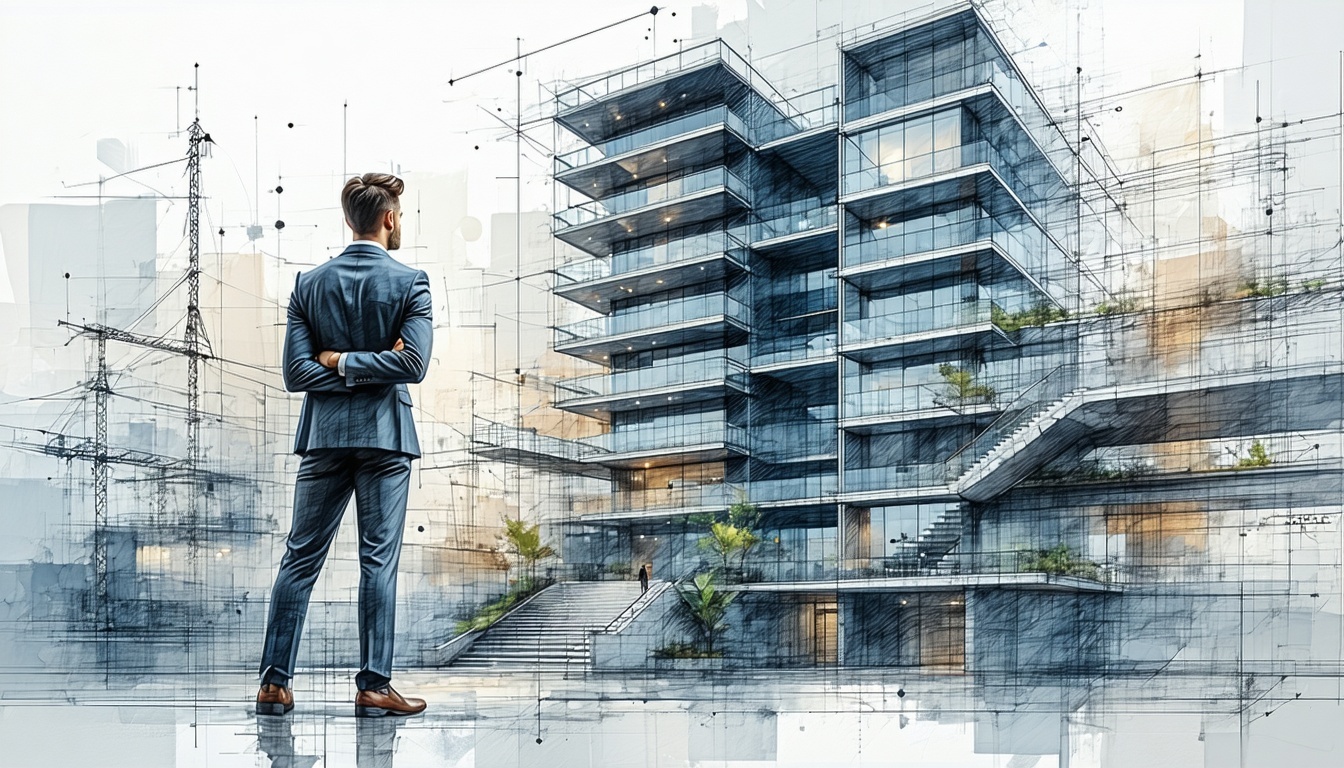Employee loyalty doesn’t look like it used to.
The days of retaining talent with a decent paycheck and basic benefits are over. Today’s employees expect more—and they’re not afraid to leave if they don’t get it. Purpose, growth, and flexibility aren’t perks anymore. They’re requirements.
If you run a mid-sized business, this shift isn’t optional. It’s a survival move.
Here’s how to build a modern workforce that stays.
1. Accept That the Workplace Has Changed
Today’s employees want more than a job—they want alignment. That includes flexibility, transparency, and a clear sense of purpose. If you think this is just a passing trend, you’re already behind.
2. Understand What Actually Drives Retention
Compensation matters—but it’s rarely the deal-breaker.
Employees, especially Millennials and Gen Z, stay for:
-
Career development
-
A sense of belonging
-
Mission-driven work
If your culture doesn’t offer those, don’t be surprised when your best people start looking elsewhere.
3. Be Transparent—Even When
It’s Uncomfortable
Employees don’t expect perfection. They expect honesty. When companies avoid difficult conversations or withhold context, trust erodes. Whether it's company direction, leadership changes, or financial shifts—explain the “why.” It builds loyalty.
4. Redefine Flexibility
Flexibility isn’t just about being remote. It’s about autonomy.
Let employees own their schedules and focus on outcomes—not hours logged. Trust them to manage their time and you’ll earn trust in return.
5. Invest in Professional Development
Top performers want to grow. If they can’t grow with you, they’ll grow elsewhere.
Offer:
-
Clear promotion paths
-
Skill-building programs
-
Mentorship from leadership
Your best people should see a future at your company—or they won’t stay.
6. Build a Culture of Ownership
Micromanagement kills motivation. Empower people to make decisions and own their work. When employees feel trusted and accountable, they’ll stay invested in outcomes—not just output.
7. Make Feedback an Ongoing Conversation
Annual reviews? Outdated.
Today’s teams want:
-
Frequent check-ins
-
Real-time feedback
-
Clear, consistent guidance
Create a rhythm where employees know where they stand and how to improve. Don’t wait 12 months to course-correct.
8. Don’t Underestimate Appreciation
Recognition is low-cost, high-impact.
Say “thank you.” Celebrate wins publicly. Acknowledge hard work, not just results. Employees who feel seen and valued stick around.
9. Lead With Purpose—Not Just Profit
You might not outspend big corporations on salaries. But you can outmaneuver them with meaning.
Define and communicate a clear mission. Whether that’s community impact, sustainability, or innovation—give people something bigger than a paycheck to rally around.
10. Ask What They Want—Then Act On It
Want to know how to retain your people? Ask them.
Use:
-
Employee surveys
-
Exit interviews
-
One-on-one feedback
Then implement what you learn. When your team sees you actually change based on their input, loyalty skyrockets.
Final Thought: Retention Is Built, Not Bought
Winning in today’s workplace isn’t about snacks, ping-pong, or perks—it’s about meeting real human needs: purpose, autonomy, recognition, and growth.
Mid-sized businesses that adapt will win. Those that don’t? They’ll keep hiring and rehiring while competitors build teams that last.
Your workforce is evolving. Is your company evolving with it?


